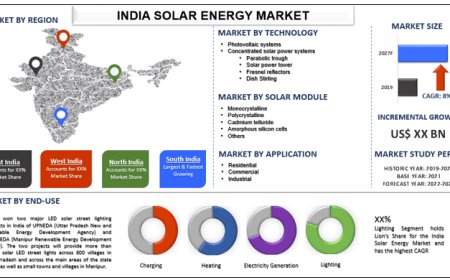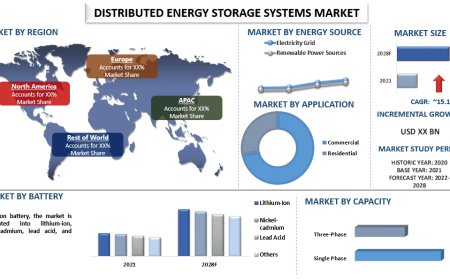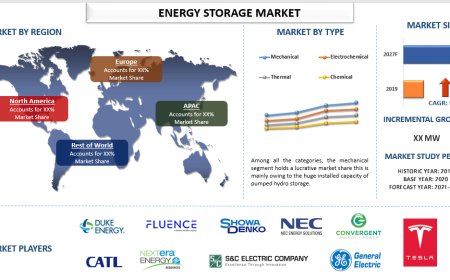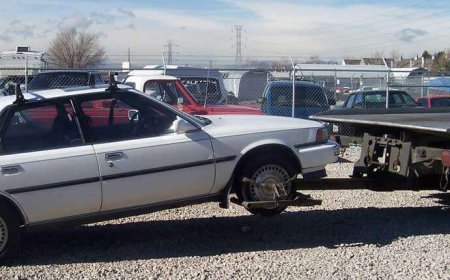Ultimate Vehicle Battery Guide: Everything You Need to Know
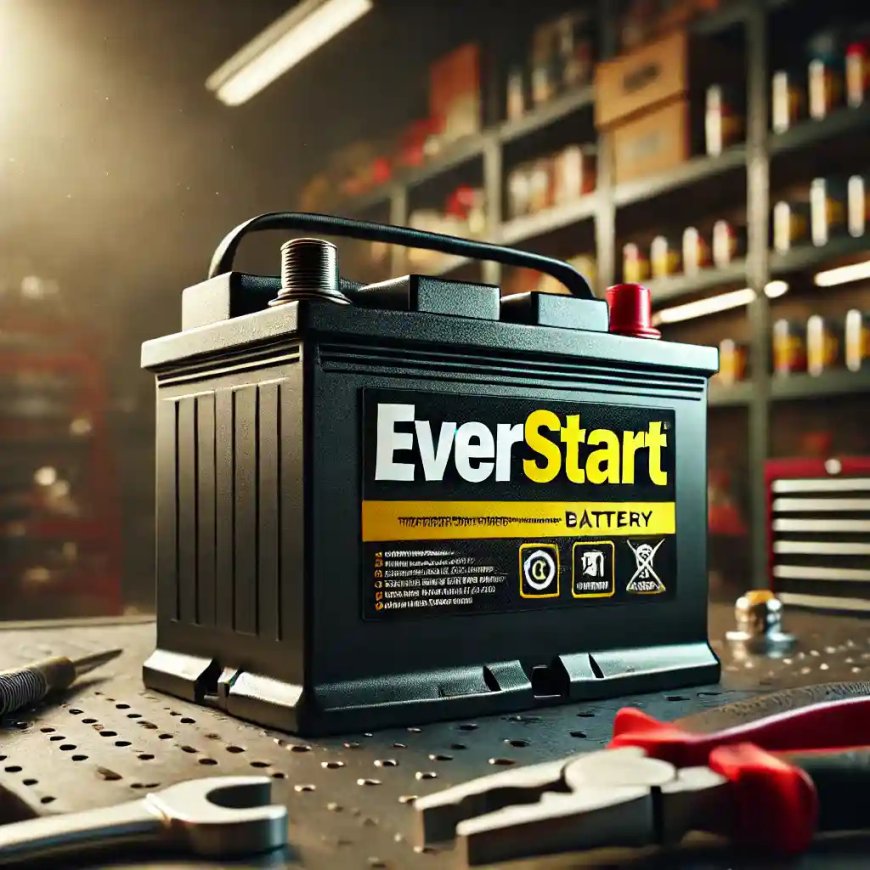
Introduction
Your vehicles battery may be small compared with the engine or transmission, but it is the silent powerhouse that brings every journey to life. From the moment you turn the key, the battery delivers the surge of electricity that cranks the starter, powers the ignition system, and wakes up the growing list of onboard electronics. Among the most trusted names on parts?store shelves is EverStart?Battery, a brand widely praised for pairing dependable cold?cranking performance with wallet?friendly pricesmaking it a logical starting point for anyone exploring replacement options.
1. What a Vehicle Battery Actually Does
At its core, a 12?volt lead?acid battery is a chemical energy reservoir. Internal plates of lead and lead?oxide react with an electrolyte solution of sulfuric acid and water, creating a flow of electrons. This direct?current (DC) power runs the starter motor, powers critical safety systems (airbags, anti?lock brakes, electronic stability control), and keeps accessories like headlights and infotainment working when the alternator is idling or overloaded. A healthy battery also dampens voltage spikes, protecting sensitive microcontrollers from damage.
2. Key Battery Specifications Demystified
-
Cold Cranking Amps (CCA): The maximum current the battery can supply for 30?seconds at?0?F without dropping below 7.2?V. Vehicles in colder climates benefit from higher CCA.
-
Reserve Capacity (RC): How many minutes the battery can deliver 25?amps at?80?F before voltage falls to 10.5?V. More RC buys extra time if the alternator fails.
-
Group Size: The physical dimensions and terminal placement standardized by BCI. Always match your OEM group size to ensure a secure fit and proper cable reach.
-
Maintenance vs. Maintenance?Free: Modern maintenance?free designs are sealed and require no water top?offs, but they still need periodic state?of?charge checks.
3. Flooded, AGM, or Lithium?
-
Flooded Lead?Acid (FLA): Tried?and?true, budget?friendly, and forgiving of slight alternator voltage swings. Ideal for daily drivers with normal accessory loads.
-
Absorbent Glass Mat (AGM): Uses fiberglass mats to immobilize electrolyte, allowing faster discharge/charge cycles, deeper cycling, and superior vibration resistanceperfect for start?stop systems or audio enthusiasts.
-
Lithium Iron Phosphate (LiFePO?): Ultra?light, high cycle life, and minimal self?discharge, but requires a dedicated battery management system (BMS) and costs 34? more than AGM.
4. Installation and Safety Basics
Before starting, wear safety glasses and gloves; spilled electrolyte is corrosive. Disconnect the negative () cable first to eliminate accidental short circuits. After swapping batteries, ensure terminal clamps are tight, apply a thin layer of dielectric grease to prevent corrosion, and use a memory?keeper or OBD battery saver if your vehicle stores critical ECU settings. Always recycle the old batterylead and sulfuric acid are hazardous, but nearly 99?% recyclable.
5. Why Choose EverStart?Maxx
Midway through the EverStart lineup stands EverStart?Maxx, engineered for drivers who want an upgrade without the premium price tag of boutique AGM units. Key advantages include:
-
Higher CCA and RC for the dollar: EverStart?Maxx consistently outpaces conventional flooded competitors in independent load?tests, delivering stronger winter starts and longer reserve runtime.
-
Nationwide warranty coverage: Sold through thousands of Walmart and partner auto centers, warranty exchanges are fast and convenient almost anywhere in the U.S. and Canada.
-
Robust envelope separators and fortified grids: These resist vibration?induced plate sheddinga major cause of premature failure in off?road SUVs and pickups.
-
Maintenance?free design: A sealed lid, integrated hydrometer, and flame?arrestor vent caps reduce the risk of electrolyte leaks while letting you verify state of charge with a quick glance.
-
Excellent value proposition: For many vehicles, EverStart?Maxx offers near?AGM performance at a mid?range price, making it a smart choice for commuters, rideshare drivers, and light?duty fleet operators alike.
6. Charging and Maintenance Best Practices
A vehicle alternator is tuned primarily to meet real?time electrical demand, not fully recover a deeply discharged battery. Attach a modern smart charger every couple of monthsor after any jump?startto equalize cell voltages and dissolve sulfate deposits. Store seldom?used cars with a 12?amp maintenance charger (tender) to fight self?discharge. Keep terminals clean with a baking?soda paste, rinse, and re?grease routine.
7. Warning Signs and Simple Tests
Longer crank times, dim interior lights before startup, and dashboard voltage readings under 12.4?V after sitting overnight hint at declining capacity. A $20 digital load tester measures both open?circuit voltage and conductance, providing a quick pass/fail. If voltage drops below 9.6?V during a 15?second ?CCA load test at 70?F, replacement is imminent.
8. When to Upgrade or Downsize
Adding aftermarket amplifiers, winches, or auxiliary lighting often merits stepping up to a battery with greater RC or moving from flooded to AGM. Conversely, if youve removed heavy accessories or live in a warm climate, a slightly lower?CCA battery of the same group size saves weight and cost without sacrificing reliability.
9. Final Thoughts
Choosing the right battery is a balance of compatibility, performance, and budget. Start by confirming group size, then weigh CCA and RC against climate and accessory demands. Brands like EverStart have built strong reputations by offering well?matched options for every segment, while EverStart?Maxx hits a particularly sweet spot for daily drivers who expect premium muscle from a mid?level investment. With proper installation, regular charging, and vigilant maintenance, your new battery should deliver confident starts and stable voltage for yearsensuring that the next turn of the key is always met with instant, reliable power.












